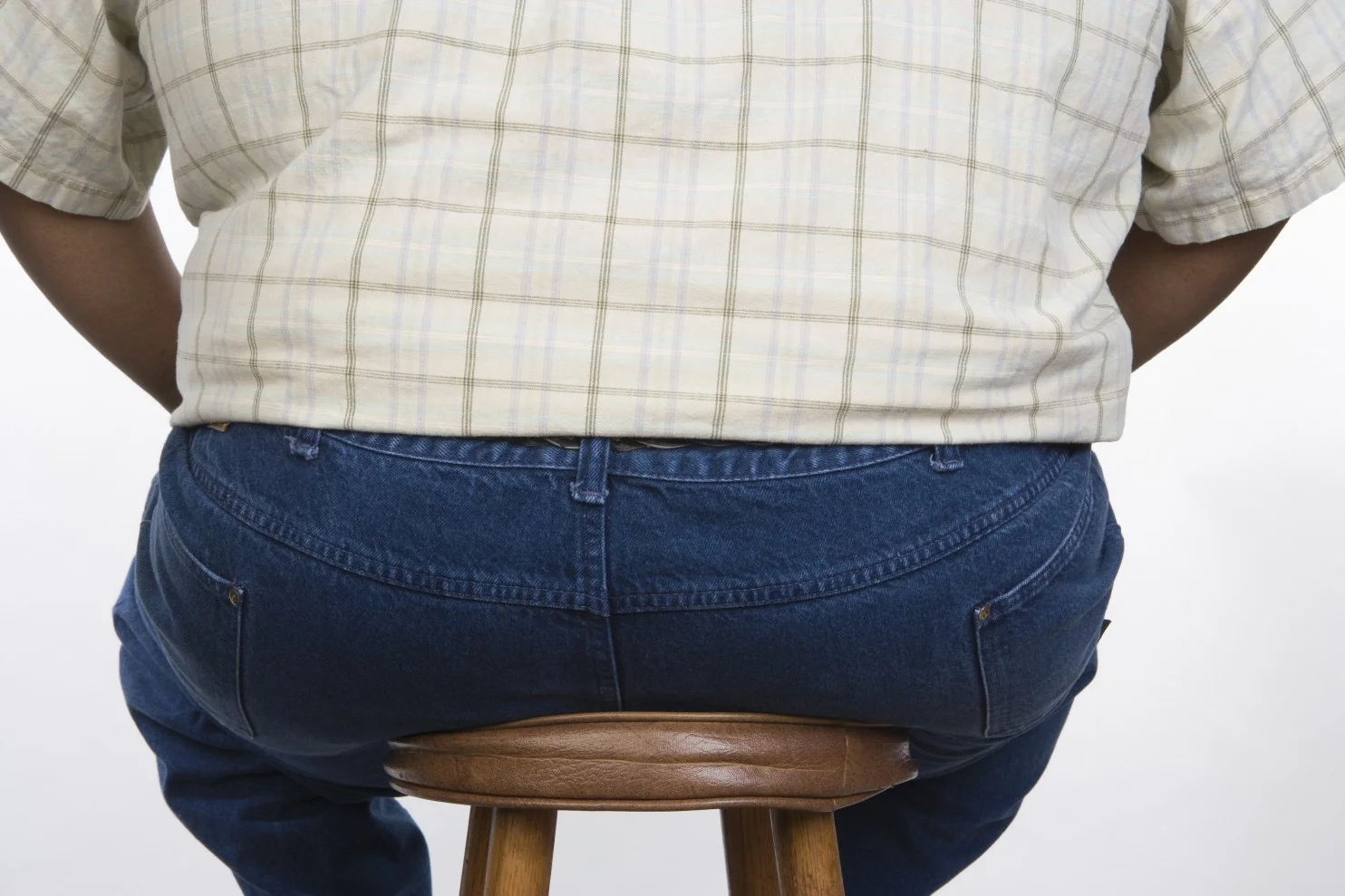Last week, the Consumer Technology Association’s CES 2017 dominated Las Vegas with a showcase of more than 3,800 companies ranging from software producers and virtual reality innovators to wearable tech brands and home appliance and carmakers. And with health and fitness tech becoming a growing part of CES, there were also smart desks tracking how many calories you’ve burned and reminding you to stand up, among other things.
Ergonomic office furniture manufacturer Humanscale showed its wellness solution called OfficeIQ, which works in conjunction with Humanscale’s various sit-to-stand products. This launch dovetails with the release of university-led research in which Bethany Barone Gibbs, assistant professor of Health and Physical Activity at the University of Pittsburgh, states, “Sit/stand desks are an easy way to get a boost in energy expenditure that fits into America’s current office culture. By combining the act of standing for part of the day with other casual activities, you can achieve a meaningful amount of extra energy expenditure while at work that could aid in weight control.” But caloric burn aside, she revealed, “Our findings add to a growing field of research that shows the benefits of sit/stand desks, including increases in productivity and energy and decreases in lower back pain, blood sugar and potentially blood pressure.”

























